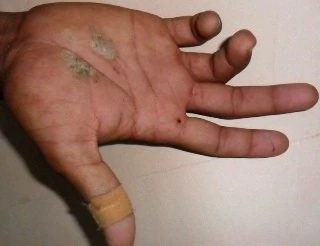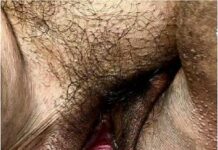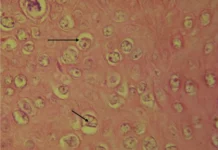Ulnar nerve injury following a humeral bone fracture is very rare. This is because the ulnar nerve is well-protected by m. Muscles and soft tissues protect the ulnar nerve. Hence, the ulnar nerve remains protected from trauma.
A 30-year-old man in India was involved in a road traffic accident. Bystanders had brought him to the Emergency Department.The accident had occurred because a truck traveling at a speed of 50 miles/hour had hit him.
Ulnar nerve injury examination: No serious findings
The doctors examined him thoroughly. The only complaint was right arm pain and the inability to move it. There was a swelling, contusion, and tenderness found on this arm as well. Thankfully, no other significant findings were observed. Moreover, the infection risk was eliminated.
Investigations for strengthening diagnosis
Doctors performed CT scans of the head and Xray of the right arm. The CT scan revealed no signs that needed immediate attention. However, the radiograph revealed a unilateral displaced comminuted fracture of the midshaft of his humerus.
Treatment for the fractured arm
The doctors treated the patient conservatively. Furthermore, they referred him to the orthopedic department for evaluation and care.

Complications: An ulnar nerve injury suspected
The next morning, the man presented with complaints of numbness and tingling in the ring and little finger of his right hand. The doctors on duty examined him. They found hyperextension of the metacarpophalangeal joints and flexion of the proximal and distal interphalangeal joints.
Additionally, they conducted nerve conduction tests. These turned out positive for ulnar nerve injury.
Operating the injury: immediate surgery required
Surgeons then performed surgery to find out the cause of insult to the nerve. One of the comminuted fracture segments of the humeral bone was compressing the nerve. This was causing the signs of ulnar nerve injury. They removed this fragment. Moreover, they used Dynamic compression plates and screws to fix the bone.
Post-operative measures and the follow up
His symptoms gradually went away and soon enough any signs of the nerve injury were gone. Fortunately, the consultants discharged him 2 weeks after the surgery. He had regular physiotherapy sessions during his hospital stay. They told him to return after every 3 months for a year to keep a record of his progress. Fortunately, no other complications were reported, and he recovered completely.
Reference:
https://jmedicalcasereports.biomedcentral.com/articles/10.1186/1752-1947-6-192




